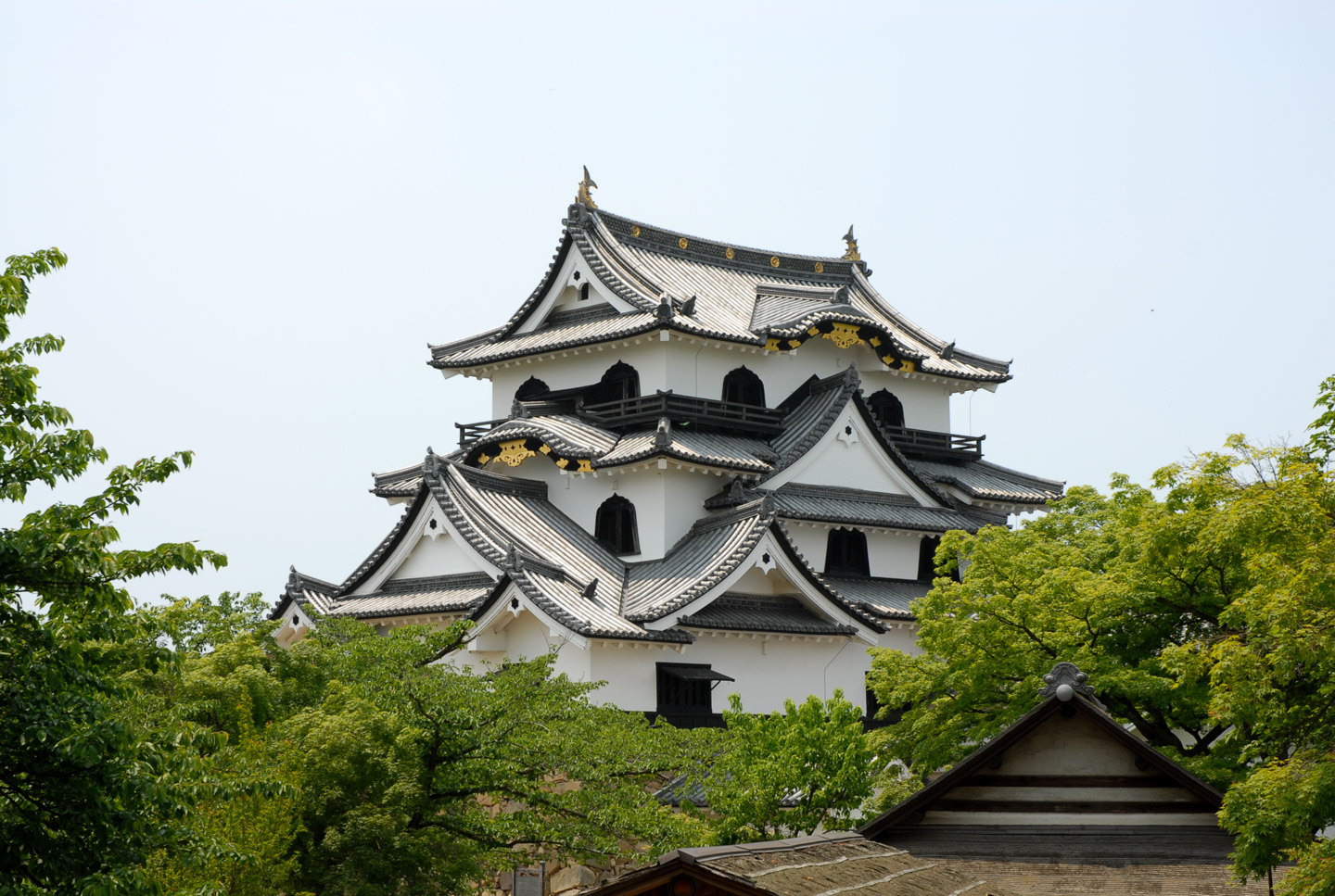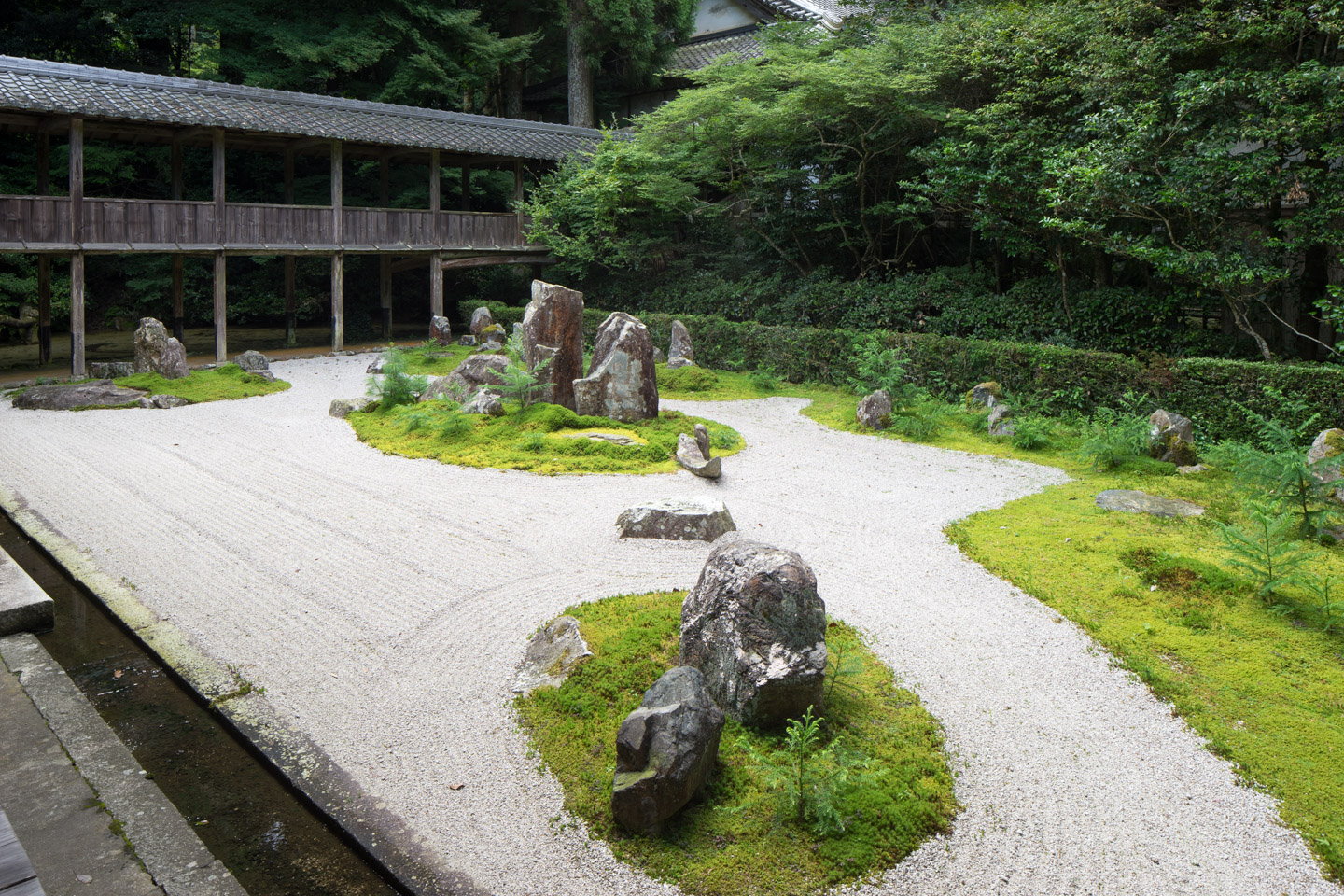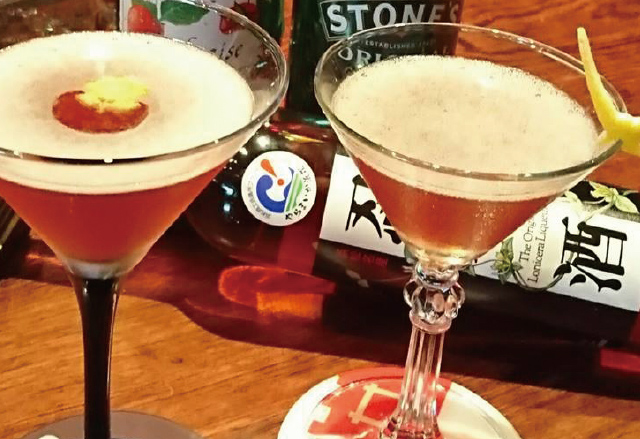Ishida Mitsunari
Ishida Mitsunari
Ōmi’s heroic loser at the Battle of Sekigahara, and ever after
place Area: Hikone
access_time Published: 2020.03.12
Name in Japanese: 石田三成
Dates: 1559 to 1600
Ishida Mitsunari is one of the most famous sons of Ōmi. He opposed the power grab of Tokugawa Ieyasu after the death of Toyotomi Hideyoshi, but due to the treachery of his allies, he was narrowly defeated at the Battle of Sekigahara not far from Maibara and was executed. His death marked the consolidation of Ieyasu’s power and the start of the long Edo period, during which the political situation of the Japanese nation was frozen in the configuration that obtained at the time of Sekigahara. If Mitsunari had prevailed in Japan’s most significant battle, the course of Japan’s subsequent history may have been very different.
As one of history’s losers, Mitsunari was vilified by the winning side, much as Richard III of England was demonised by the Tudors, and there are many unflattering stories about his character and doings. But just as Richard is still revered as a fair and forward-looking ruler in his birthplace of York, the people of Ōmi continue to regard Mitsunari as a wise and righteous administrator.

Mitsunari was born in the north of Ōmi Province in today’s Nagahama, Shiga Prefecture, the second son of Ishida Masatsugu. His childhood name was Sakichi. The Ishida family were sufficiently powerful landowners that the town was named after them even then. The teenage Mitsunari is said to have first met Toyotomi Hideyoshi when Hideyoshi, who was out hunting from Nagahama Castle, dropped into the temple where Mitsunari was apprenticed. Mitsunari served the lord three cups of tea, each prepared skilfully according to Hideyoshi’s momentary requirements. Hideyoshi was so impressed and gratified by Mitsunari’s solicitude that he made the lad his page there and then. This is alleged to have occurred at Kannon-ji Temple in today’s Maibara, and you can see the well where Mitsunari drew the water. But as with other reported episodes in his life, there are reasons to doubt this story too.
When Hideyoshi waged a campaign to take the Chūgoku region, Mitsunari fought in several battles. In 1583, he was in charge of provisioning Hideyoshi’s troops and reconnoitring the forces of Shibata Katsuie before the Battle of Shizugatake. By dressing scarecrows in armour and lighting torches around Kinomoto, Mitsunari is said to have misled Katsuie’s general Sakuma Morimasa into believing that Hideyoshi had returned already.

In addition to his prowess in military tactics, Mitsunari became known as a skilled manager, with a marked talent for finance and logistics. Hideyoshi made him administrator of Sakai with his older brother Masazumi, and Mitsunari organised the city as a staging base for Hideyoshi’s campaign against Kyūshu. He was appointed one of the Five Commissioners, the top administrators in Hideyoshi’s government with responsibility for conveying the ruler’s wishes to the regional daimyō. In the course of these duties, he formed relationships with the daimyō who would later take his side at Sekigahara.
As a fiefdom suitable to his status as commissioner, Hideyoshi gave Mitsunari the domain of Sawayama in Ōmi Province, worth five hundred thousand koku of rice. Mitsunari become the lord of Sawayama Castle, one of the best-fortified castles during that time. In 1590, Mitsunari took part in the campaign against the Hōjō clan.

In 1592, Hideyoshi launched an invasion of Korea, during which Mitsunari served as commissioner for the invasion troops. The invasion ended in stalemate, and Mitsunari played a key role in the peace negotiations. In doing so, he fell afoul of the militarist faction of the Toyotomi government who wanted to continue the offense against Korea. Even at this point, Tokugawa Ieyasu was peddling a rumour that Mitsunari had sent unfavourable reports about his fellow commanders to Hideyoshi. This particularly irked Kobayakawa Hideaki who would get his revenge by abandoning Mitsunari at Sekigahara.
Shortly before he died, Hideyoshi came to suspect his heir Hidetsugu of disloyalty. He had Hidetsugu and his immediate family executed, making the child Toyotomi Hideyori his heir under the supervision of a council of regents, including Mitsunari and Ieyasu. A conflict arose over whether Ieyasu would support the child leader of the Toyotomi or seize power for himself. It gradually became apparent that he would take the latter course, as he manoeuvred the militaristic-minded daimyō into his sphere.

In 1599, seven commanders of this faction attacked Mitsunari’s Ōsaka residence, forcing him to flee to Fushimi Castle where a standoff ensued until Ieyasu intervened, enabling Mitsunari to return to Sawayama Castle. From this point on, the path to the final showdown at Sekigahara was set. Daimyō loyal to the young Toyotomi heir formed an alliance to stand against Tokugawa, with Mitsunari as its de facto leader. These daimyō were based principally in the south and west of Japan, with the addition of the Uesugi clan in the north. Their amalgamated forces formed the Western Army. As his battle flag, Mitsunari chose the slogan “Give oneself for all, and the world prospers”, reflecting his belief in standing for the legitimate and sovereign government. Meanwhile Ieyasu’s backers were from central and northern Japan, forming the Eastern Army, although Ieyasu had achieved a degree of influence over some of the Western daimyō.
In 1600, the various forces belonging to the Western and Eastern Armies were involved in skirmishes and castle sieges all over Japan, eventually converging on Sekigahara in Gifu, just northeast of Ōmi. Mitsunari established his position on the field on October 20 in pouring rain. He enjoyed a slight advantage in numbers and had set up his command on an advantageous hilltop. Ieyasu’s forces took the field the next day and the battle was joined by the rain-sodden soldiers on the muddy ground.

Several daimyō declined to join the battle for fear of ending up on the losing side, or because they had made secret agreements with Ieyasu. When Kobayakawa Hideaki defected from Mitsunari’s side, all hope of victory vanished. The battle lasted for some seven hours, but Mitsunari was defeated and fled the battlefield. He was captured two days later in today’s Toyama Prefecture. He had been hidden by a Buddhist priest who he had known from childhood.
Throughout his captivity and a meeting with Ieyasu, Mitsunari maintained his spirit of resistance. He remained stoic when exposed to public humiliation in Osaka and Kyōto. Ieyasu ordered his execution on November 6 on the dry riverbed of the Kamo River in Kyōto, with two of his subordinates. Their heads were displayed on Kyōto’s Sanjō Bridge.
Meanwhile, when Ieyasu’s victory at Sekigahara was apparent, an envoy was sent to Sawayama Castle offering clemency to Mitsunari’s father and brother if they surrendered the castle. However, forces under Ii Naomasa attacked the castle, and Mitsunari’s family set fire to the castle keep and committed suicide. Mitsunari’s three sons and three daughters survived.

In 1907, Mitsunari’s remains were discovered in Kyōto’s Sangen-in Temple. In the 1980s, a descendent of Mitsunari, Ishida Takayuki had a facial reconstruction of the skull performed, revealing a long head and protruding teeth. Images of Mitsunari show him with pursed lips and large, slanted eyes.
Since his defeat by Ieyasu, Mitsunari’s achievements were belittled by historians, who portrayed him as a petty-minded and insignificant bureaucrat. This belies the fact that his status as chief defender of the Toyotomi legacy resulted from his major contributions as both a warrior and government minister. His defeat at Sekigahara owed more to bad luck than to the character defects attributed to him by historians on the winning side.



